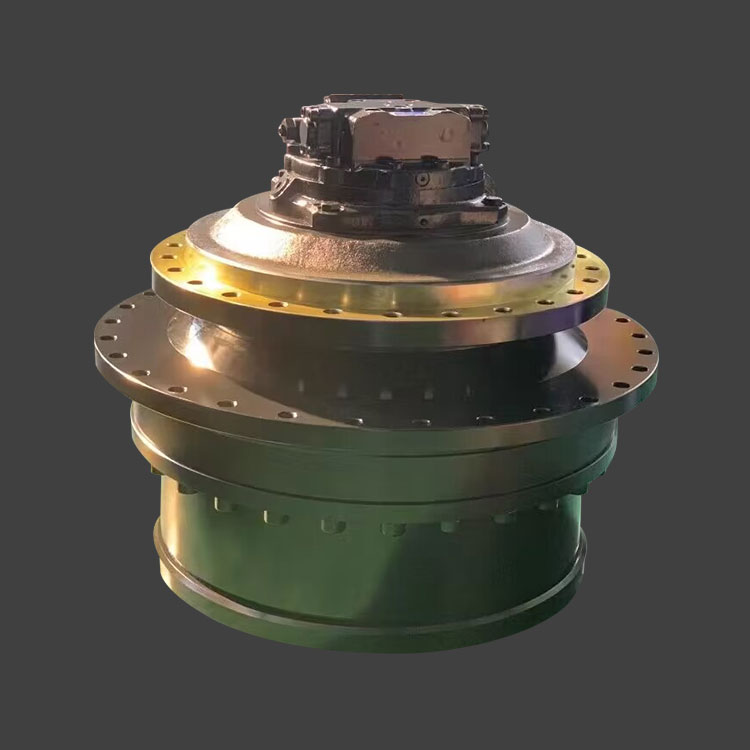Navigating the Choices: Factors for Selecting the Right Travel Motor for Your Application
2023-11-08
Introduction
Selecting the right travel motor for a specific application is a critical decision that directly influences the performance and efficiency of heavy machinery. Travel motors, also known as final drives or track drives, come in various sizes and power ratings, and choosing the most suitable one requires a comprehensive understanding of your machinery's needs. In this blog, we'll explore the essential factors to consider when selecting a travel motor for a specific application.
1. Application Requirements
The first step in selecting a travel motor is to thoroughly understand the requirements of your specific application. Consider the following:
- What type of machinery are you using, and what is its primary function?
- What terrain or environment will the machinery operate in? Is it rocky, muddy, or hilly terrain?
- Are there any special tasks or attachments the machinery will need to handle?
- What speed and torque are essential for your application?
2. Size and Weight of the Machinery
The size and weight of the machinery have a significant impact on the selection of the travel motor. Heavier machinery typically requires larger and more powerful travel motors to provide the necessary torque and stability. Consider the dimensions and weight of the equipment when making your decision.
3. Torque and Speed Requirements
The torque and speed required for your specific application depend on the tasks the machinery needs to perform. For applications that involve heavy lifting, digging, or pushing, a travel motor with higher torque may be necessary. On the other hand, applications that require fast and efficient movement will benefit from a travel motor optimized for speed.
4. Efficiency and Energy Consumption
Efficiency is a critical factor, particularly in electric or hybrid applications where energy consumption is a concern. Choosing an energy-efficient travel motor can result in cost savings and reduced environmental impact. Consider the power conversion efficiency and overall performance of the motor in terms of energy use.
5. Environmental Conditions
Consider the environmental conditions your machinery will operate in. Dust, dirt, moisture, and temperature extremes can impact the performance and lifespan of the travel motor. Select a motor that is designed to withstand these conditions and has appropriate sealing and cooling mechanisms in place.
6. Maintenance and Durability
The maintenance requirements of the travel motor should align with the capabilities and resources available to your organization. Some motors are designed for minimal maintenance, while others may require regular servicing. Durability is also crucial, especially in applications where the machinery is subjected to heavy use and harsh environments.
7. Compatibility
Ensure that the selected travel motor is compatible with your machinery's design and components. Different machines may have unique requirements for mounting, shaft size, and other specifications. Confirm that the travel motor integrates seamlessly with your equipment.
8. Manufacturer and Quality
Consider the reputation and reliability of the manufacturer. High-quality travel motors are more likely to deliver the expected performance and durability. Research and reviews can provide valuable insights into the track record of the manufacturer.
Conclusion
Selecting the right travel motor for a specific application is a decision that should not be taken lightly. By carefully considering the application requirements, size and weight of the machinery, torque and speed needs, efficiency, environmental conditions, maintenance, compatibility, and manufacturer quality, you can make an informed choice that will optimize the performance and longevity of your machinery. The right travel motor will be the driving force behind your success in a wide range of industries.



